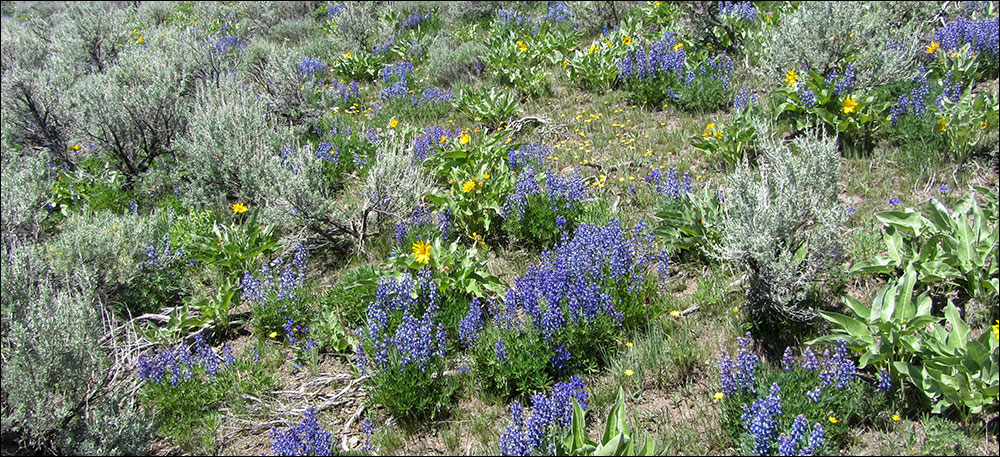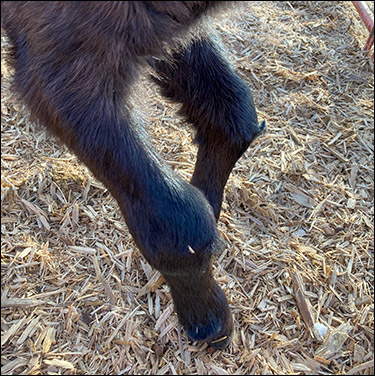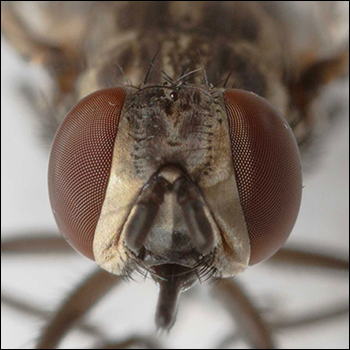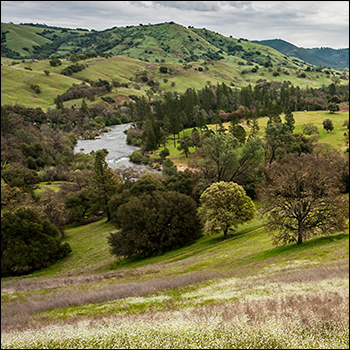
Lupine Losses
Lupine can cause crooked calves.
“Lupine calves” occur when plant toxins are ingested by a pregnant cow at a certain stage of pregnancy, causing deformities in the developing fetus.
Native Western pastures often contain several types of lupine. This hardy plant blooms in early spring with blue flowers, but varieties include yellow, white, blue and white, or pink. Some species are harmless, but others contain alkaloids that can cause deformities during fetal development.
High numbers of lupine deformities occur some years, such as in 1997 in Adams County, Wash., where about 20% of calves born had to be humanely euthanized. This drastic increase was thought to be due to cool, wet weather the preceding summer — with more lupine on rangelands and higher incidence of cows eating lupine during pregnancy. Lupine deformities can also occur because of a late spring. If grass is not ready yet, but lupine is growing, cows eat more of it.
Most lupine species are perennials. They start growing in early spring and flower in May or June, with blooms staying on until seeds form in July or August. Toxic species are dangerous from the time they start growing until they dry up in the fall. Young plants in spring are more dangerous than mature plants in summer, but they are dangerous again in late summer because of high alkaloid content in seeds.
 |
When the fetus is affected, often the legs are crooked with immobile joints. The legs don’t move or bend properly, which can be a problem during birth. |
When the fetus is affected, often the legs are crooked with immobile joints. The legs don’t move or bend properly, which can be a problem during birth. Most of these calves can be delivered through the birth canal. However, if the deformity is severe, the calf must be surgically removed by C-section. Sometimes a veterinarian must cut up the calf in utero and bring it out vaginally in pieces.
These defects are caused by certain alkaloids consumed between Day 40 and Day 100 during gestation. The alkaloids affect the brain and act as a sedative, and the sedated fetus isn’t moving enough. Joints become stiff or fixed in abnormal locations. The fetus may have one or more joints/limbs affected, or the spine. David Steffen, diagnostic pathologist and professor in the School of Veterinary Medicine at the University of Nebraska, says most body structures are formed in early gestation, so this is when they can be adversely affected.
“The palate closes at 55-60 days’ gestation. If the fetus is affected by lupine or another toxic plant alkaloid at that point, the tongue isn’t moving and forms a physical obstruction as the palate plates move in toward one another. When the tongue is in the way and prevents those plates from fusing, we know the insult occurred prior to 60 days,” explains Steffen.
The 2020 calving season was heartbreaking for some ranchers in Lemhi County, Idaho, with more lupine calves than normal — especially for ranchers using public rangelands. Last spring was cool and wet, with a bumper crop of lupine on Bureau of Land Management (BLM) and Forest Service (FS) ranges. Dan French and many of his neighbors had so many crooked calves born this year they’re not sure they can continue to use the range.
“In one group of 50 young cows, 26 gave birth to crooked calves,” French says. “In our older cows, we had seven lupine calves.”
Some of his cows prolapsed after a difficult birth, some calves were born dead, and others are so impaired they can’t nurse the cows and are being raised on bottles. The ones that are functional enough to be with their mamas will have to stay home on pasture; none can travel well enough to go to the mountains this summer.
The land management agencies won’t allow ranchers to control lupine because it is a native plant. Some are contemplating fall calving because cows would be on home pastures being fed hay in winter during that vulnerable stage of pregnancy.
In this mountain climate, however, most ranchers prefer to calve in spring when cow-calf pairs have green grass, rather than trying to fight snow and cold weather. They don’t want to have to feed higher-quality, and thus more expensive, hay during winter if cows are lactating.
Editor’s note: Heather Smith Thomas is a cattlewoman and freelance writer from Salmon, Idaho.



